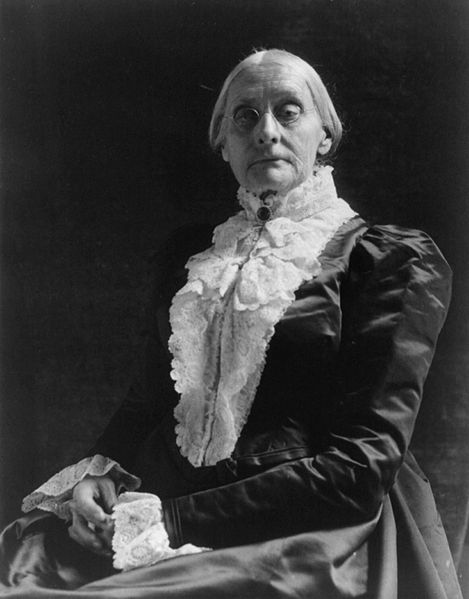Once upon a time, a little girl was raised on the Chemehuevi Valley Indian Reservation, California. The tribe that lived there had been nomadic residents of the Mojave Desert and the Colorado River for thousands of years, but had lost their traditional lands when the Federal government declared them public domain. The Reservation was all they were given.
The little girl was called Cara Romero, the daughter of a Chemehuevi father and German-Irish mother. In her culture, women were taught that they had a powerful, innate strength as life givers and mothers. They were always respected as equals in their society. Her people also had a powerful bond with nature and the land. Cara began discovering her talent with a camera, snapping moments wherever she went, and telling the stories behind what she saw.
Cara went on to study photography at both the Institute of American Indian Arts in Santa Fe and Oklahoma State University and studied cultural anthropology at the University of Houston. She wanted to make sure she had studied her craft as much as she could. Sure enough, her photography developed into beautiful, dramatic, romantic artworks. Yet, they were also very powerful responses to complex social, political issues.
She always remembered what her tribe had taught her, that women are strong. In many of her photographs, she dealt with the interplay of femininity, Native American history and power. In one photograph, she imagined how a real Native American doll might look. As a child, Cara had played with dolls and noticed that those described as 'Indian' never reflected the dignity and richness of her culture. But in her photograph, she dressed her 'doll' in an amazing powwow dress that could jingle when she danced. This doll was not afraid to be different and embrace her culture, jingly dress and all.
 |
| Cara Romero, 'Wakeah' |
A long time ago, in 1940, the Federal authorities had taken a lot of Chemehuevi land for a dam project and covered nearly 8000 acres of traditional Nuwuvi land in water. In a triptych piece, (which means 3 photographs shown together), Cara dealt with these issues of environment and destruction. She captured Native American figures suspended underwater, perhaps discussing the suspension of their culture in America. Not allowed to flourish, but also not destroyed. In the last photograph, above the surface was an oil rig, showing how much the Western world impacted on the environment. Cara came from a tribe who so valued their land and life-giving water, and wanted to show how fragile human relations are with their environment.
 |
| Cara Romero 'Oil Boom' |
Today, Cara has children of her own, Paris and Noel, and is married to another artist, Diego. They are living happily ever after... but also changing the world one photograph at a time, showing how rich and beautiful Native American culture is, and how powerful a message can be from just one image.























